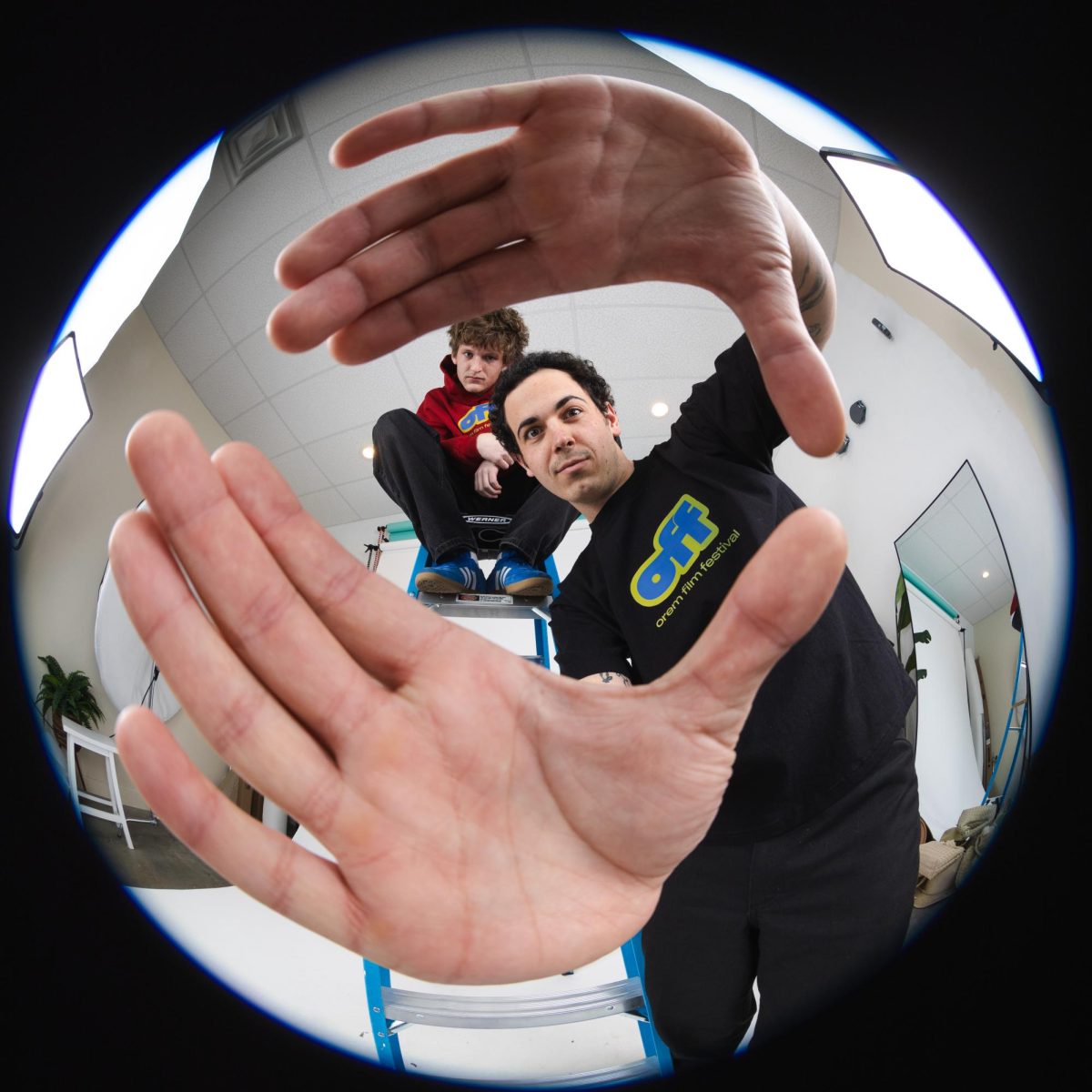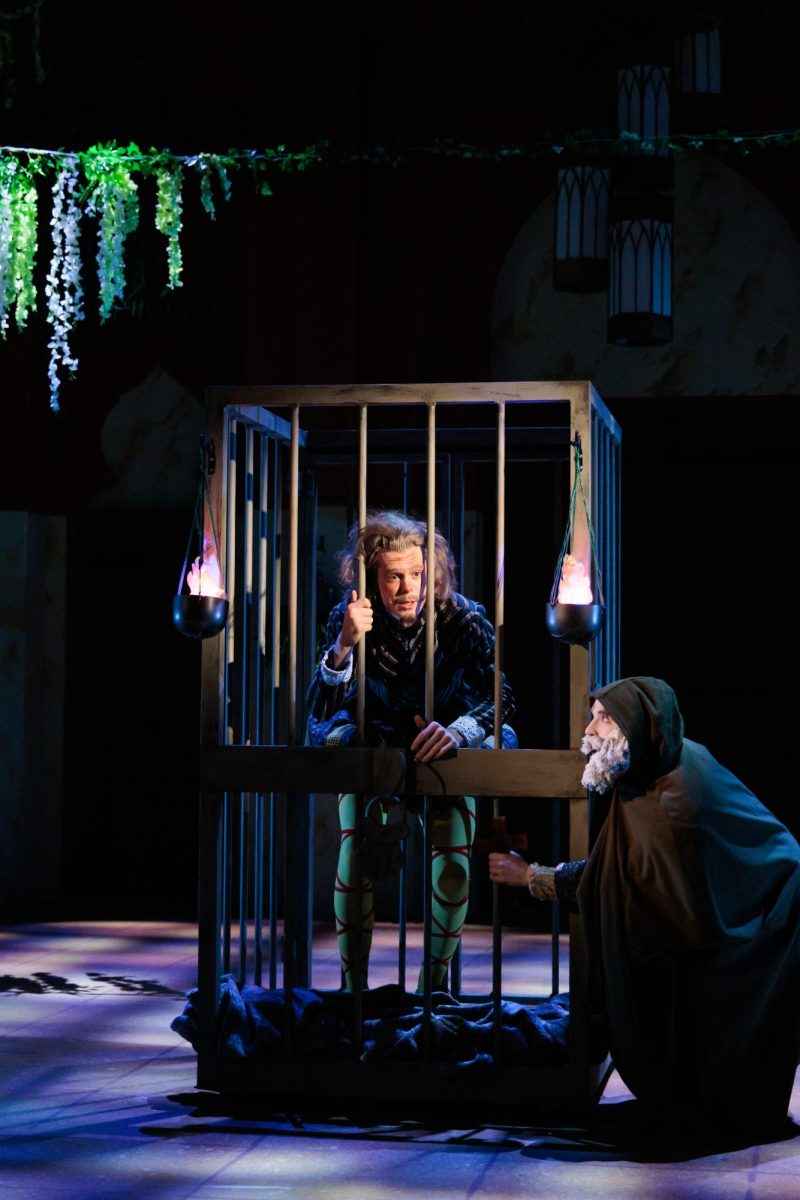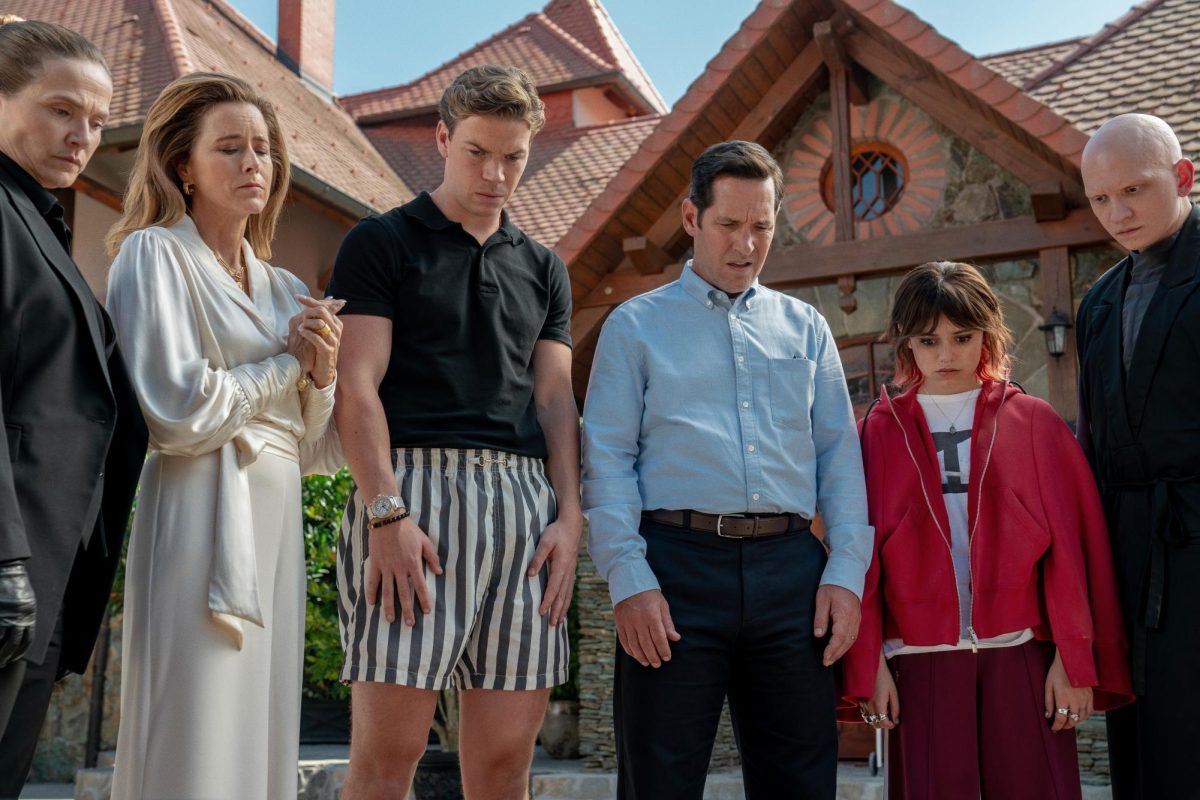Weber State University’s Diversity Programs celebrated Day of the Dead with altar displays on campus and multiple Zoom events on Nov. 1 and 2.
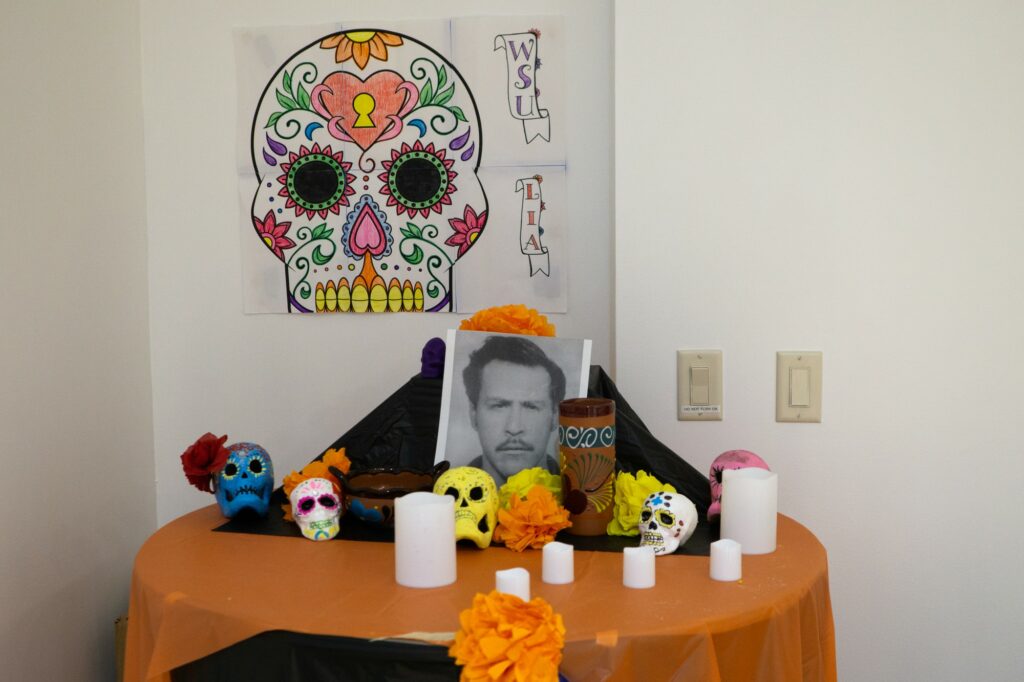
WSU Ballet Folklórico, the Hispanic Area Council and Latinos in Action led the Day of the Dead events. Community members were also brought in for the presentations.
The events consisted of lessons on creating altars, skull hand warmers, sugar skull cookies and Catrina face painting.
Day of the Dead is a Mexican holiday in which people celebrate and honor the death of their loved ones. It is celebrated on the first and second days of November. While it is a Mexican holiday, it is also celebrated in other countries throughout Central and South America.
As listed on Weber State’s Diversity Programs page, one of the main artifacts used in celebration are the altars. They are used to welcome spirits back to the living realm with offerings such as food, water, photos of the deceased and candles. Altars may also feature the spirits’ favorite items from when they were living.
There are three different levels to the altars which, from top to bottom, represent heaven, earth and the underworld.
Maria Lopez, a community member, set up an altar for her family members and family pets.
“Our indigenous ancestors believed that our pets, specifically the Xoloitzcuintle, would wait for us at the edge of Mictlán to help guide us to Mictlán,” Lopez said.
Mictlán is the underworld in Aztec mythology, where most of the dead would arrive.
The holiday comes from both Catholic Spaniard and Aztec origins. The Catholic church celebrates All Souls day, in which they commemorate those who have passed. Meanwhile, the Aztecs would honor the spirits of their ancestors.
“In many of the indigenous Mexican tribes, death wasn’t seen as a sad thing. Death was seen as a sort of stage of life,” Salvador Ceja-Monroy, WSU student and Ballet Folklórico member said.
Other items used for altars are incense to keep evil spirits away, a salt dish to purify the soul and a path of flowers to guide the souls to the offerings.
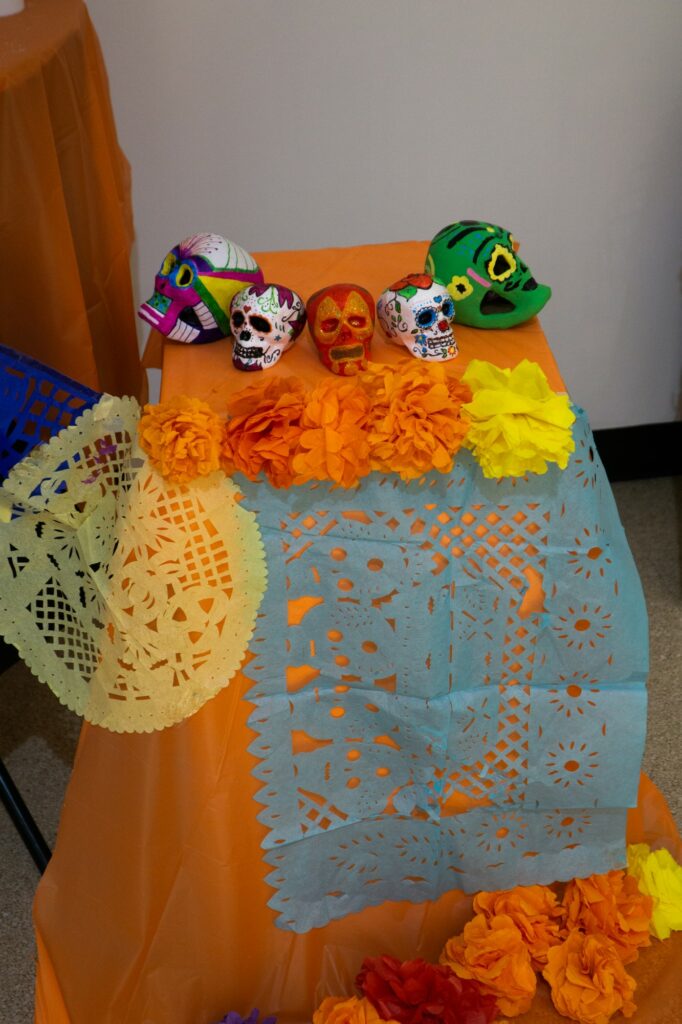
There are different altars set up at WSU for students and the public to view in the Shepherd Union Gallery. Housing and Residence Life also constructed one at Wildcat and University villages for residents to include and celebrate their loved ones. The altars will be on display through Nov. 9.
The celebration concluded with Yudy “La Catrina” Muñoz singing songs requested by the attendees.
One of the songs performed was Cielito Lindo composed by Quirino Mendoza y Cortés. It is a popular song in Mexico that has been covered by multiple artists. It talks about how one should sing instead of cry when they are sad, as singing can bring joy to the heart.


